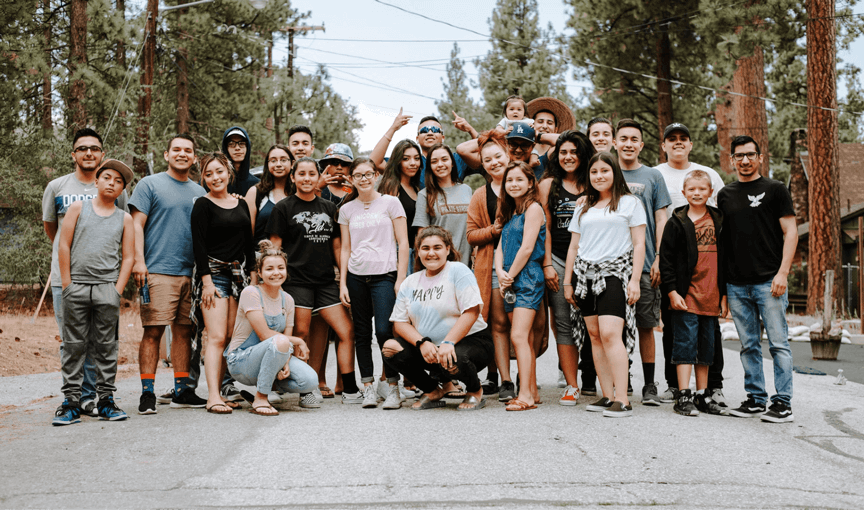HundrED Research
HundrED Research is globally recognised for our expertise in education innovation. We select innovations based on a standardised review process that includes external review from members of our HundrED Academy. On this page, you will find detailed information about our definitions, research methods, selection process, theory of change and research ethics.

Definitions
How do we define innovation, impact and scalability? In this section, we share in-depth reflections on how we at HundrED understand some of the core concepts of educational innovation
Read more
What do we mean by Impact?
Impact: Evaluated as a valuable improvement within the innovation’s context. All innovations must have at-least 1-year of being implemented with its intended users
Read more
How do we assess Impact?
We ask our innovators to share evidence of their impact on their innovation page. Our innovators have been working at different levels of scale and for different amounts of time in many contexts.

Read more
What do we mean by Scalability?
Scalability: Either the innovation is actively expanding to other contexts or has a high degree of transferability for others to adopt its practice/technology.
Read more
Methods
Right from the start, HundrED has relied on a global community of like-minded changemakers to share our calls for innovations to their networks of educators. This community contributes to the data collection and selection of innovations for our Global Collections and Spotlights.
Read more
Innovation Submission Process
Want to know how to make an innovation page and submit for one of our projects? You've come to the right place! Learn more here.
Read more
Reports
Dive into our reports to find impactful and scalable education innovations and research how to implement them at scale.
Submit an innovation
Are you an innovator and would like to see your innovation listed alongside other impactful and scalable innovations? Or do you know about an innovation that should definitely be featured on HundrED?
Join our Review Board
Through their participation in HundrED Academy and Advisory Board, over 1000 education experts around the world have volunteered to help us to review and validate innovations. If you want to take part in reviewing and get an insider look into the leading educations in K12, apply to become a reviewer.


